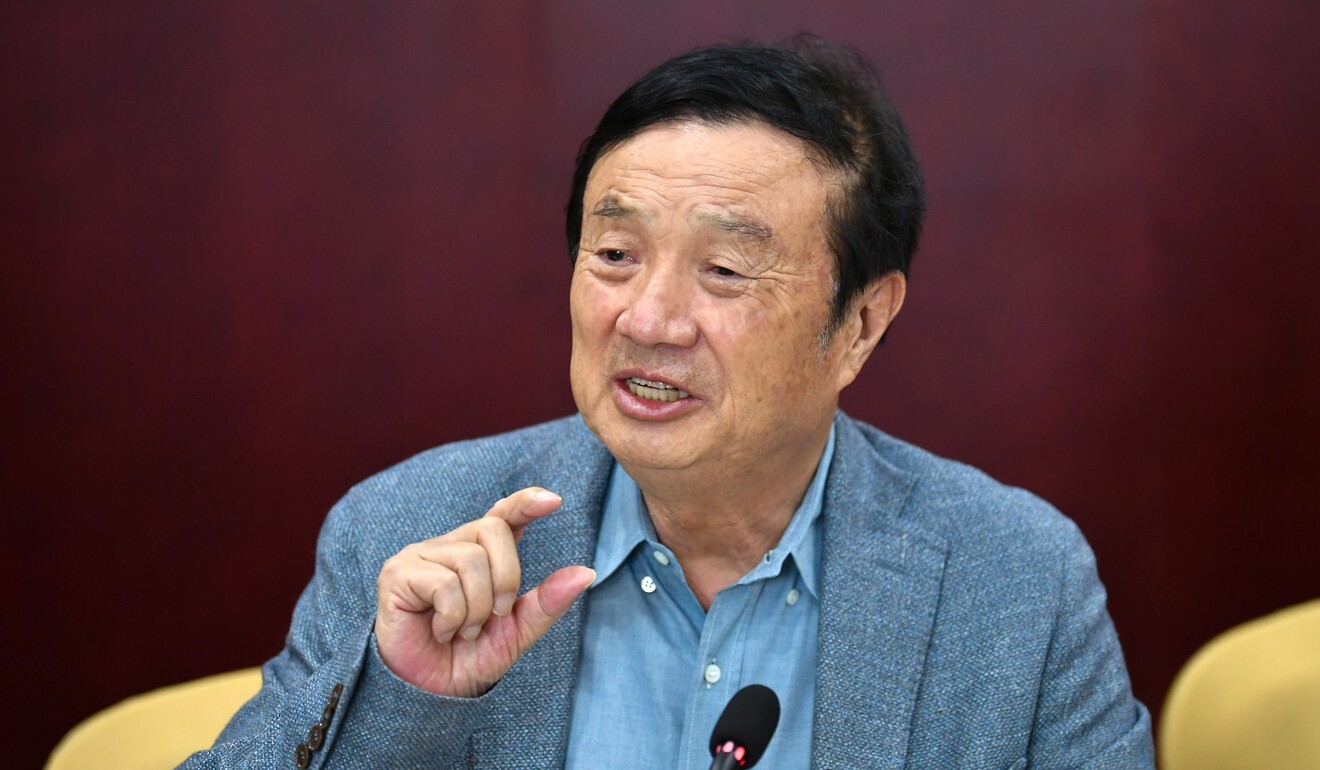
Huawei’s latest flagship smartphone comes with HarmonyOS but doesn’t support 5G due to US sanctions
- US sanctions that began under former US President Donald Trump have taken their toll
- The Shenzhen-based giant is quickly losing relevance in the mobile phone market
The P50 and P50 Pro, the company’s newest top-tier phones, will not support 5G, said Richard Yu Chengdong, CEO of Huawei’s consumer business group, during a virtual launch event on Thursday evening.
Powered by a Qualcomm Snapdragon 888 4G chip, the P50 will be available for purchase from September in China starting at 4,488 yuan (US$695). The versions of the P50 Pro with 256 and 512 gigabytes of storage will feature the in-house designed 5-nm Kirin 9000 5G chip and be available starting in early August, according to Yu.

Huawei, in an effort to conserve its dwindling resources, spun off its budget handset brand, Honor, and sold it to a consortium led by the Shenzhen government to ensure the sub-brand’s survival.

Huawei is currently the sixth most popular brand in China with a 9 per cent market share, a stark contrast from the same quarter last year when it ranked number one with a 44.3 per cent share of the market.
The results are not surprising, according to Canalys analyst Nicole Peng.
“There was a higher demand for Huawei devices than what Huawei can supply realistically,” Peng said, noting that shipments of Huawei dropped dramatically due to lack of components.
With the release of the P50 delayed by more than a quarter from its usual launch in March, the 4G version of the P50 will be a critical test for Huawei to see if its brand would be able to buck the general market transition towards 5G, according to Peng.
Data from the Ministry of Industry and Information Technology showed China has built the world’s largest 5G infrastructure with a total of 900,000 5G base stations across the country. Smartphone makers have accelerated their release of 5G-enabled phones as mobile operators offer generous deals on 5G service.


